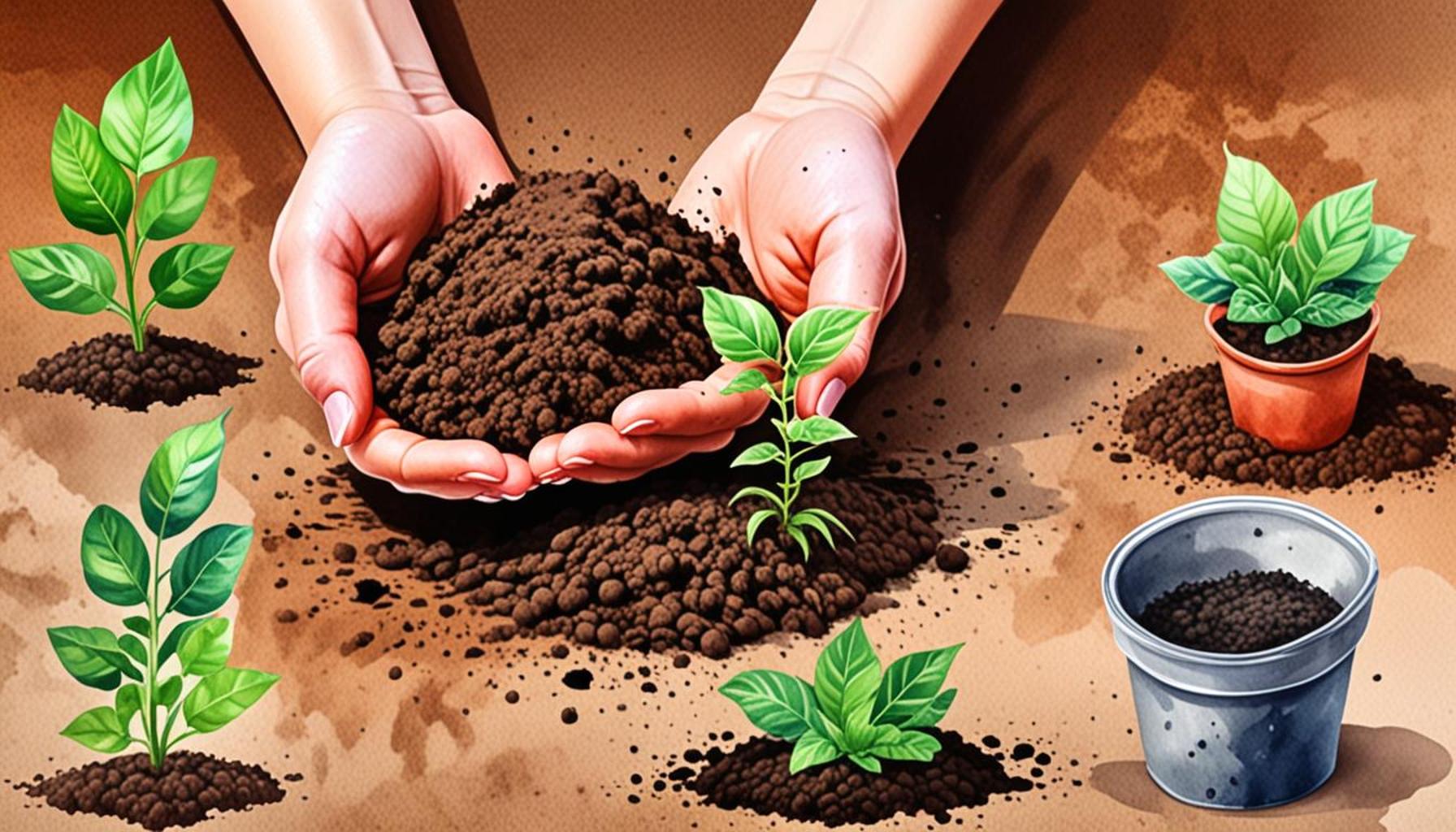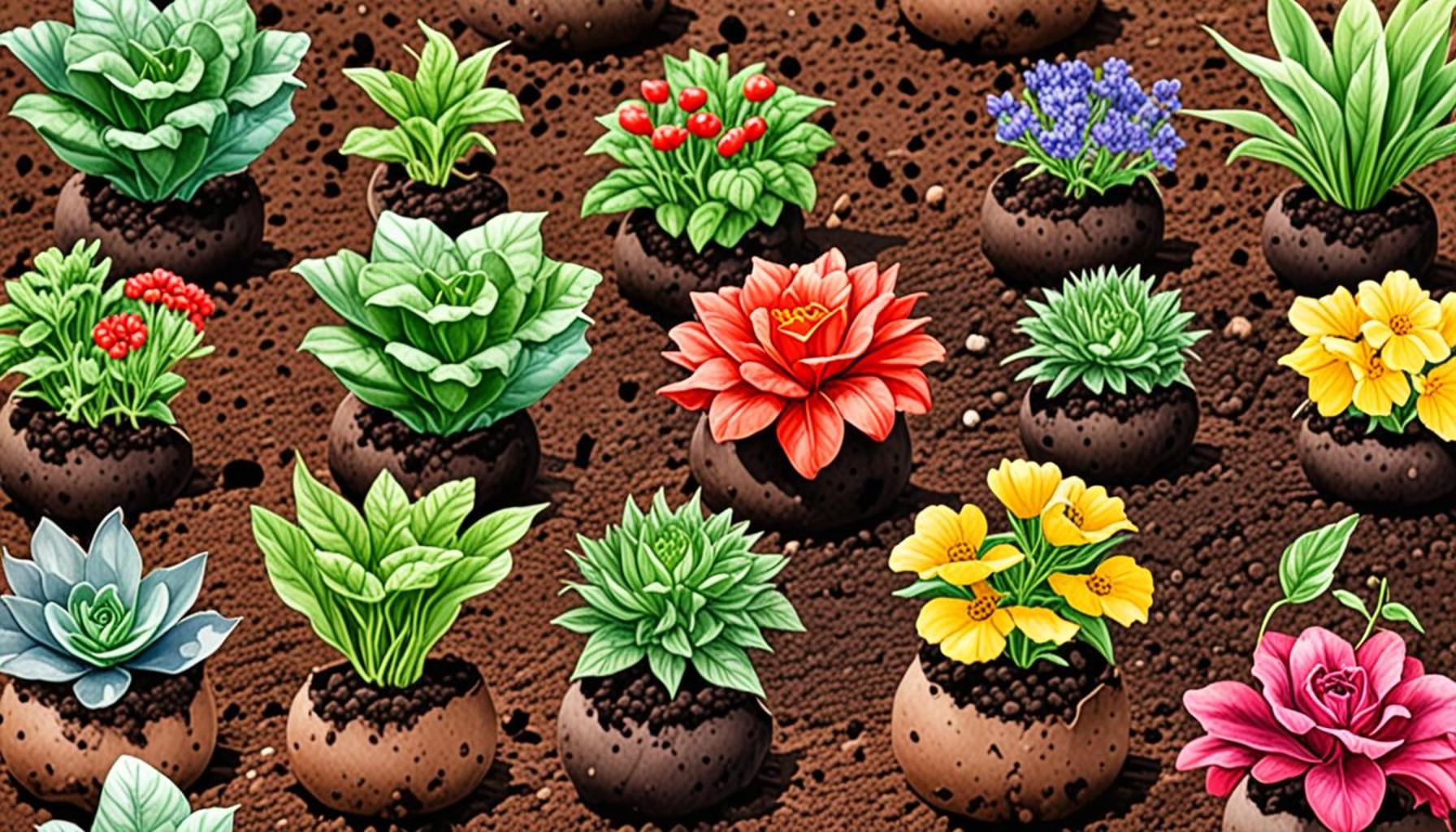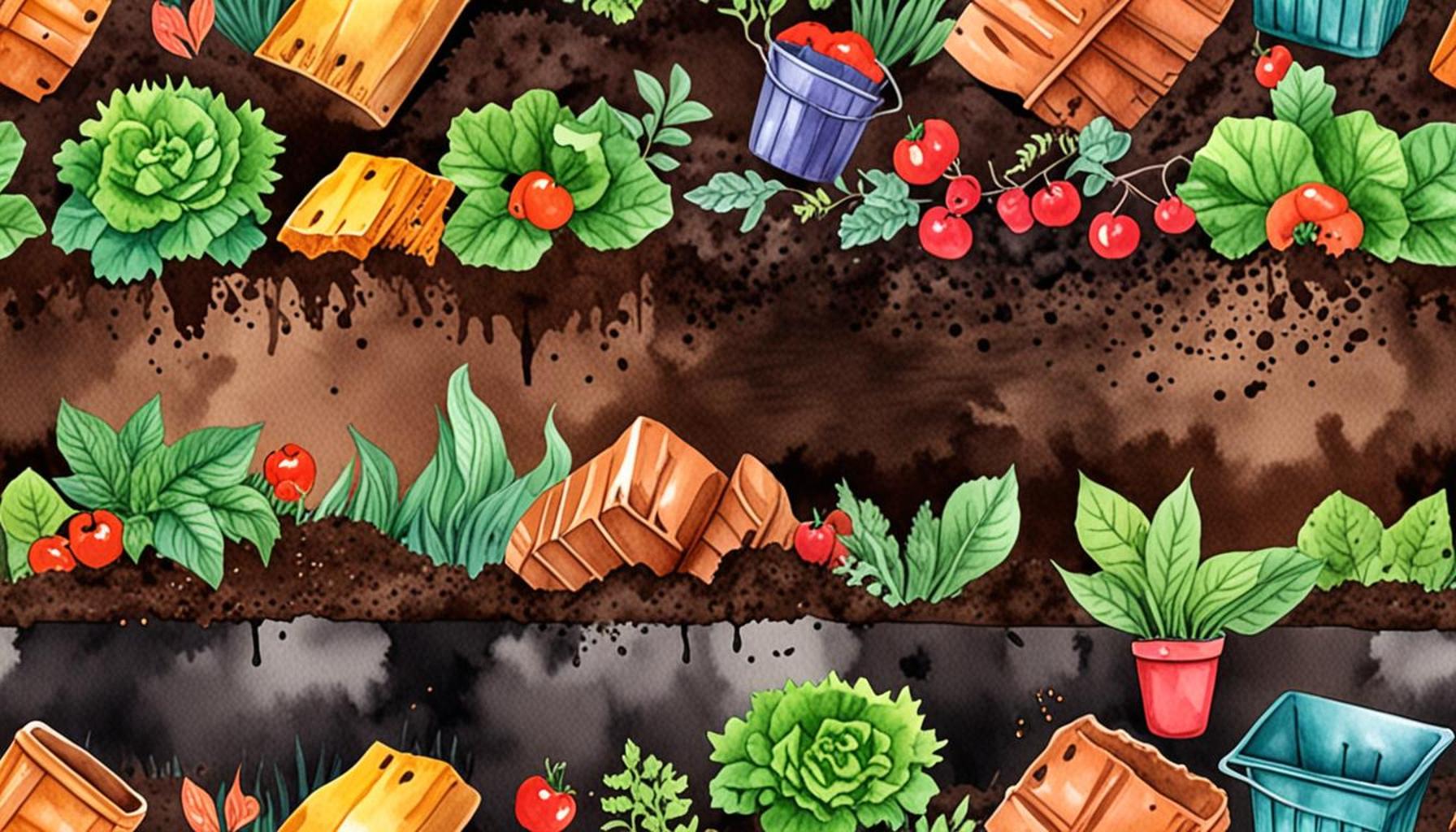The Importance of Soil Testing Before Planting: A Beginner’s Guide
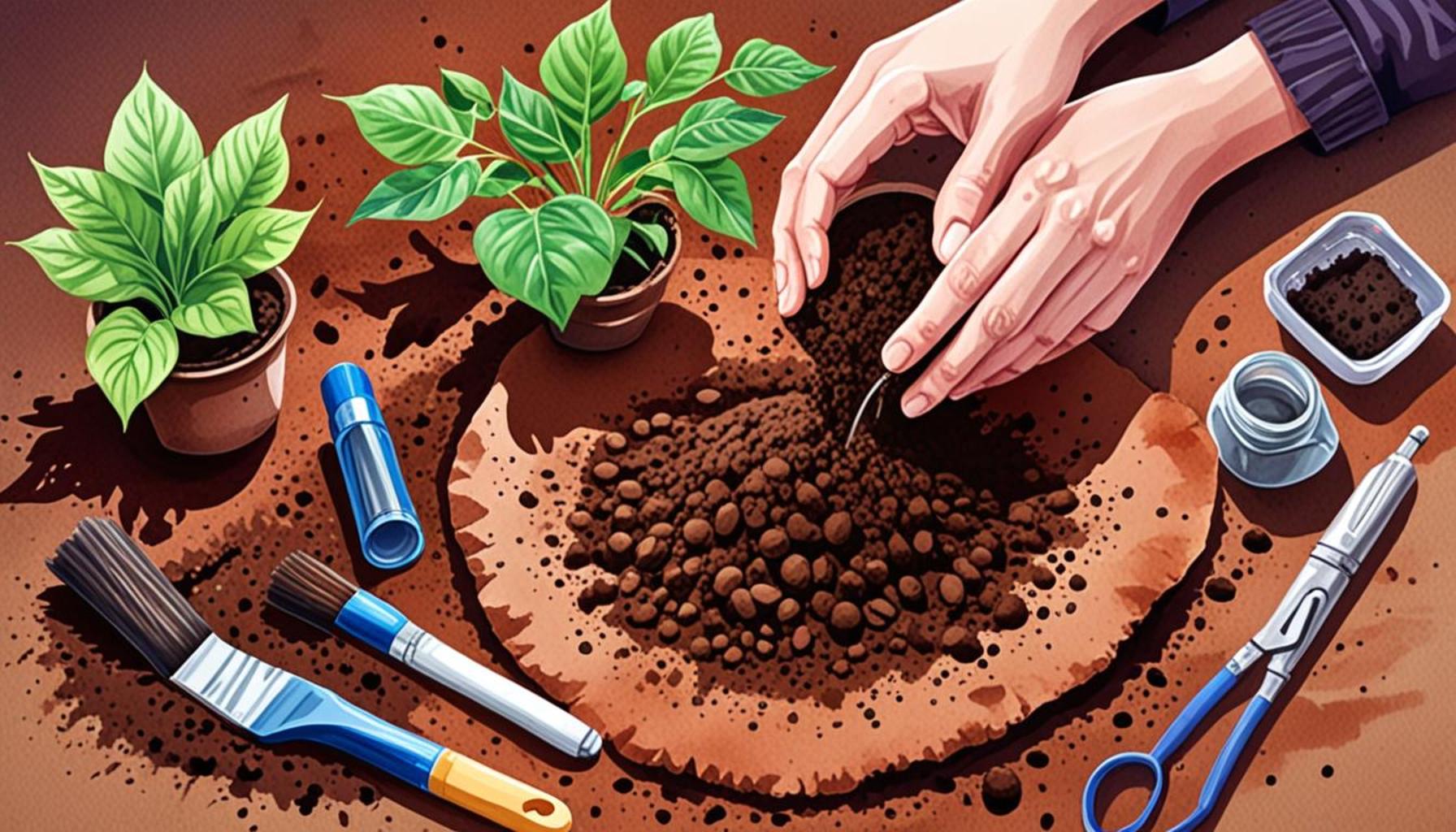
The Foundation of Healthy Growth
Before embarking on the journey of planting, it is crucial to consider the foundation of your garden—the soil. Understanding its composition and health can be the difference between a thriving garden and a disappointing yield. This is where soil testing plays a vital role.
Why is soil testing important? Here are a few reasons:
- Nutrient Levels: Soil testing helps determine if your soil contains the essential nutrients—such as nitrogen, phosphorus, and potassium—that plants need to grow. For instance, vegetables like tomatoes require higher nitrogen levels for lush foliage, while root crops like carrots thrive in phosphorus-rich soils.
- pH Balance: Identifying whether your soil is acidic, neutral, or alkaline influences nutrient availability. Most garden plants prefer a pH between 6.0 and 7.0; however, certain plants, like blueberries, thrive in acidic soils. Testing your soil can guide you on necessary amendments like lime to raise pH or sulfur to lower it.
- Contaminants: Soil testing checks for harmful substances, such as heavy metals or excessive salts that could affect plant health and food safety. In urban gardening, where soil may be disturbed by construction or pollution, testing is crucial to ensure safety for consumption.
Recognizing these factors not only informs what you can plant but also how to enhance your soil’s characteristics. For beginners, soil testing eliminates uncertainty and provides a tailored approach to gardening, enabling you to avoid common pitfalls that could lead to failed crops.
The process is straightforward and accessible, requiring only a collection of soil samples from your garden that can be sent to a local extension office or laboratory for analysis. Many garden supply stores also offer affordable soil testing kits for DIY enthusiasts. Understanding your soil means transforming your garden into a landscape filled with vibrant, healthy plants, ultimately enhancing your gardening experience.
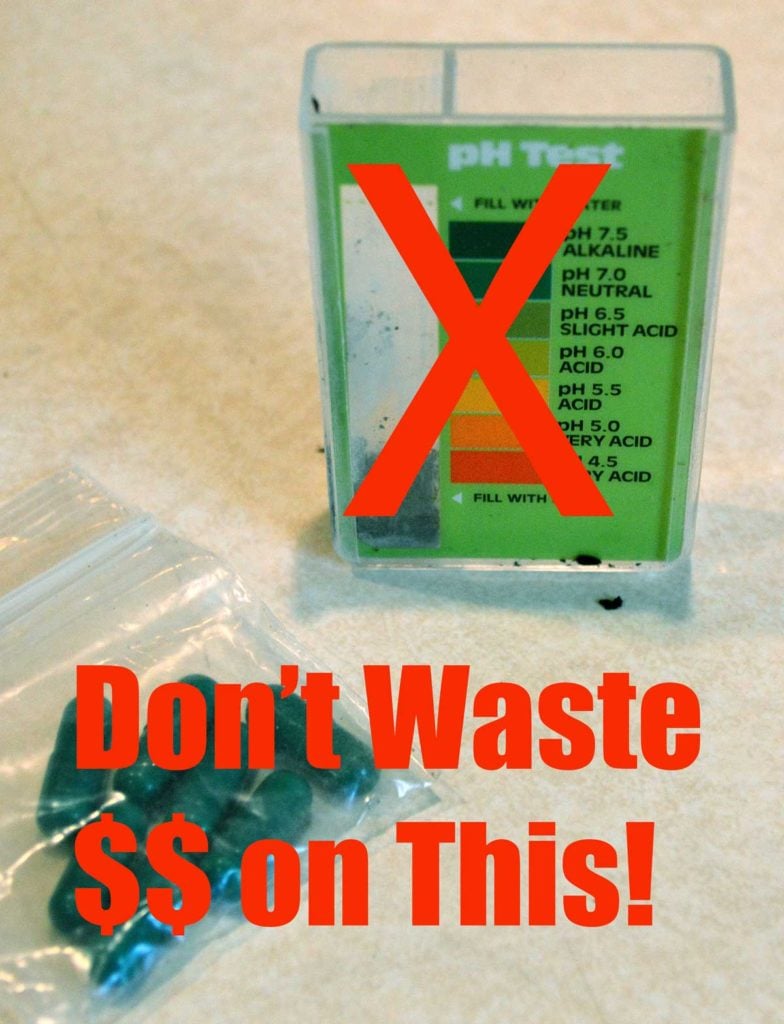
Investing time in soil testing can yield long-term rewards. Well-prepared soil not only supports healthy growth but also contributes to sustainable gardening practices. In communities across the United States, from urban backyards to rural farms, soil health is increasingly recognized as pivotal in tackling broader environmental issues like soil erosion and nutrient runoff.
So, take the first step on your gardening adventure by ensuring your soil lays the groundwork for success. By doing so, you’ll embark on a fruitful journey promising not just bountiful harvests, but a richer connection with nature.
LEARN MORE: Click here for essential tips
Understanding Soil Health: Essential Factors
Soil testing is not just a recommended step; it is an essential process that lays the groundwork for successful gardening. As a beginner, understanding soil health is crucial for making informed decisions about what to plant and how to care for your garden. Let’s delve into the key components that soil testing evaluates, providing valuable insights for your planting endeavors.
Nutrient Composition: One of the primary reasons for conducting soil testing is to gain a clear picture of the nutrient composition in your soil. Essential nutrients, which include nitrogen (N), phosphorus (P), and potassium (K), are fundamental for plant growth and development. Understanding the levels of these nutrients allows gardeners to make smarter choices regarding fertilization. For instance, if your soil test reveals a nitrogen deficiency, you can turn to organic options like compost or specialized fertilizers to provide a quick boost to your plants.
Organic Matter: Soil rich in organic matter offers numerous benefits. It enhances soil structure, improves moisture retention, and fosters beneficial microbial activity. A soil test often includes an assessment of organic matter content, guiding you on how to amend your soil with materials such as well-rotted manure or leaf mold. This is particularly important in areas across the U.S. where soils can be depleted, such as in the Midwest due to intensive farming practices.
Soil Texture: The texture of your soil plays a critical role in determining its drainage capabilities and nutrient retention. Soil is typically classified into three main types: sand, silt, and clay. Understanding your soil texture helps you choose the right irrigation approach and plant species best suited to your garden. For example, sandy soils are well-drained but may require more frequent watering and nutrient additions, while clay soils retain moisture but can become compacted easily, necessitating aeration.
Contamination Levels: Especially for urban gardeners, soil contamination is a pressing concern. A soil test can identify contaminants such as lead, arsenic, or high levels of salinity that may pose risks to plant growth and human health. In areas with a history of industrial activity or heavy pesticide use, this component is particularly crucial. Understanding your soil’s cleanliness ensures that you are not inadvertently growing produce in unsafe conditions.
Taking the time to test your soil may seem like an additional step, but the payoff is substantial. By identifying nutrient levels, understanding organic matter, recognizing soil texture, and determining contamination levels, you are empowered to create an environment that supports robust plant growth. Additionally, this knowledge offers peace of mind and can lead to more sustainable gardening practices that benefit both your garden and the ecosystem.
As you prepare to dive into the soil testing process, keep in mind that this step is not just for experts. It is a foundational practice that will enhance your gardening experience and lead to healthier, more abundant harvests.
The Importance of Soil Testing: Unlocking the Secrets Beneath Your Feet
Soil testing is a crucial step that often goes overlooked by beginner gardeners and farmers alike. Understanding the composition of your soil can dramatically impact the success of your plants. When you conduct a soil test, you gain insight into essential factors such as nutrient levels, pH balance, and organic matter content. This information helps in tailoring your planting strategy to meet the specific needs of your crops.One strong advantage of soil testing is the ability to identify nutrient deficiencies. Each plant species has unique nutrient requirements; for instance, leafy greens typically need a different nutrient profile than fruiting vegetables. By knowing what your soil lacks, you can amend it accordingly, using fertilizers or organic matter to create an optimal growing environment. For example, if your soil is low in nitrogen, you might consider incorporating compost or specific nitrogen-rich fertilizers.Moreover, soil acidity or alkalinity can greatly influence plant health. A pH that is too high or too low can lead to poor nutrient absorption, ultimately affecting growth. Soil testing enables you to adjust pH levels through the addition of lime or sulfur, ensuring that your plants not only thrive but also produce an abundance of high-quality yield.Finally, beyond plant health, soil testing plays a role in sustainable farming. By understanding your soil’s ecosystem, you can make informed decisions that minimize the need for chemical treatments, promoting a more eco-friendly approach to gardening and agriculture. Using soil test results can also lead to wiser irrigation practices, as you identify moisture retention capabilities of your soil.In summary, soil testing is an essential practice that empowers gardeners and farmers with critical information. The investment in soil testing reaps long-term benefits in both plant vitality and sustainable practices. The earlier you engage in this vital process, the more successful your planting endeavors will be in the seasons to come.
| Category | Benefits |
|---|---|
| Nutrient Identification | Discover nutrient deficiencies and tailor fertilization. |
| pH Balance Adjustment | Correct pH levels for optimal nutrient uptake. |
| Sustainable Practices | Promote eco-friendly gardening through informed decisions. |
Soil testing is your gateway to successful planting, offering vital insights that will shape your gardening or farming journey. With the right knowledge, you open avenues for robust plant growth and sustainability.
DIVE DEEPER: Click here to discover essential tools for soil preparation
Key Benefits of Soil Testing for Your Garden
As a newcomer to gardening, soil testing may appear to be just another task on your growing to-do list. However, once you uncover the benefits, you’ll realize it’s a pivotal step that can dramatically influence the success of your garden. From maximizing crop yields to promoting environmental sustainability, the advantages of soil testing are numerous and noteworthy.
Optimized Plant Health: Perhaps the most significant benefit of soil testing is its role in promoting optimal plant health. Healthy soil directly correlates with strong and vibrant plants. By using soil test results to address deficiencies or imbalances, you can customize your fertilization and soil amendment plans. For example, if a soil test reveals insufficient potassium levels, you can apply potassium-rich fertilizers particularly beneficial for flowering plants and vegetables such as tomatoes and peppers. This targeted approach ensures that your plants not only survive but thrive throughout their growing season.
Cost-Effective Solutions: Investing time and resources in soil testing can lead to substantial cost savings in the long run. By pinpointing the exact nutrient requirements of your soil, you can avoid unnecessary expenditures on general fertilizers or amendments that may not be needed. Furthermore, over-fertilizing can harm plant health and lead to pollutants runoff that potentially damages local waterways. A soil test puts you in the driver’s seat, allowing to allocate your gardening budget more effectively, ensuring that every dollar spent contributes to a bountiful harvest.
Avoiding Plant Diseases: Soil testing goes beyond just nutritional assessment; it can alert you to potential soil-borne diseases. Certain pathogens thrive in specific nutrient conditions, which could compromise plant health if not addressed. For example, high nitrogen levels can exacerbate fungal diseases in some plants. Regular soil testing helps you maintain a balanced nutrient profile, creating a hostile environment for harmful organisms. By preventing disease before it starts, you set your garden up for ongoing success.
Greater Environmental Responsibility: Adopting a gardening practice rooted in soil testing not only benefits you but also the ecosystem around you. By applying only the nutrients that your soil truly needs, you reduce the risk of runoff that can lead to nutrient pollution in local streams and rivers. In the U.S., excessive nitrogen and phosphorus from over-fertilized gardens have contributed to alarming algal blooms affecting water quality and aquatic life. By practicing responsible gardening with soil testing as a foundation, you’re contributing to a healthier environment, which is especially crucial in urban areas where green spaces have a significant impact on local biodiversity.
Encouraging Local Wildlife: A well-managed garden informed by soil testing can attract beneficial insects and wildlife. Optimal soil health supports a diverse array of plant species, which in turn creates habitats for pollinators like bees and butterflies, as well as natural pest controllers like ladybugs. Biodiverse gardens are not only beautiful; they play an integral role in maintaining the ecological balance, enhancing both your garden and surrounding environment.
Informed Forward Planning: Soil testing equips you with the knowledge needed for forward-thinking gardening strategies. Depending on the soil characteristics revealed through testing, you can make sound decisions about crop rotation, planting schedules, and long-term soil health management. For example, if you discover that your soil has high acidity levels, you might choose acid-loving plants like blueberries or azaleas, ensuring you make the most out of your garden space.
By harnessing the power of soil testing, you not only bolster the chances of a flourishing garden but also cultivate a practice that is sustainable and beneficial for both you and the environment. Embracing this essential step means embarking on a gardening journey defined by informed choices, growth, and a connection to nature.
LEARN MORE: Click here for essential tips on soil amendment
Conclusion: Planting the Seeds of Knowledge
In conclusion, understanding the importance of soil testing before planting cannot be overstated. For beginners venturing into the world of gardening, the insights gained from a simple soil test can pave the way for a flourishing garden ecosystem. By identifying nutrient deficiencies and imbalances, you empower yourself to make informed decisions that optimize plant health and yield.
Moreover, soil testing fosters a more sustainable gardening practice. It encourages responsible resource allocation, preventing undue expenditures on fertilizers and reducing the risk of pollutants entering our waterways. This consideration is particularly significant in the United States, where gardening and agriculture significantly impact local environments. Through soil testing, you actively contribute to a cleaner and healthier planet.
As you embrace soil testing, you also open the door to enriching your gardening experience. With the knowledge gained, you can attract beneficial wildlife, mitigate plant diseases, and adopt smart planting strategies that reflect the unique needs of your plot. By nurturing your garden’s soil, you not only yield robust plants but also foster biodiversity, enriching your community’s natural landscape.
In this journey of growth, remember that soil testing is not merely a task—it is a proactive investment in every seed you plant. Approach it as an opportunity to connect with the earth, elevate your gardening skills, and ultimately enjoy the rewards of a vibrant and productive garden. As you dig in, let each test be a stepping stone toward a greener future.
